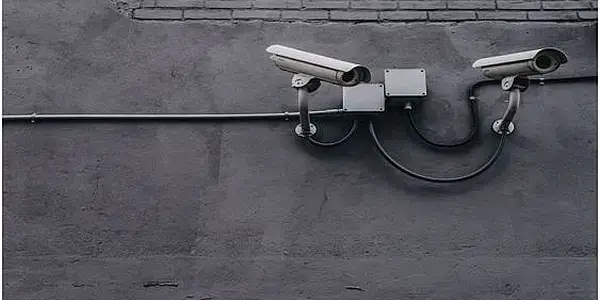As technology continues to advance, so does the concept of home security. Smart home security systems are rapidly becoming the future of safe and connected living, promising remote access and control, advanced surveillance systems, enhanced safety features, and integration with other smart devices. This article explores the various aspects of smart home security and its potential to revolutionize how we protect our homes. By analyzing the technical advancements and benefits provided by these systems, we can better understand their impact on ensuring a secure living environment.
Remote Access and Control
Remote access and control in smart home security allow users to monitor and manage their homes remotely, providing a convenient solution for enhancing safety and connectivity. Through the utilization of remote monitoring systems, homeowners can keep a watchful eye on their properties even when they are not physically present. This is achieved by integrating various sensors and cameras that capture real-time data, which can be accessed through a mobile application or web portal. Additionally, home automation plays a crucial role in remote access and control as it enables users to remotely operate appliances, lighting systems, and security devices from anywhere with an internet connection. This level of convenience empowers individuals to ensure the security of their homes while also optimizing energy usage. Overall, remote access and control in smart home security offer an efficient means of enhancing both safety and connectivity within residential environments.
Advanced Surveillance Systems
Advanced surveillance systems have the potential to revolutionize how residential areas are monitored and protected. With the advent of AI-powered analytics and facial recognition technology, these advanced surveillance systems can greatly enhance security measures. AI-powered analytics enable the system to analyze large amounts of data in real-time, identifying patterns and anomalies that may indicate potential threats. This allows for proactive monitoring and immediate response to any suspicious activity. Facial recognition technology adds an extra layer of security by accurately identifying individuals entering or exiting a property, ensuring that only authorized personnel have access. Additionally, these systems can provide detailed information about people’s movements within a property, allowing for efficient tracking and investigation if needed. Overall, advanced surveillance systems with AI-powered analytics and facial recognition technology offer enhanced security capabilities that contribute to safer residential environments.
Enhanced Safety Features
One aspect of residential surveillance systems that deserves attention is the implementation of enhanced safety features. Artificial intelligence (AI) plays a crucial role in improving home security. By utilizing AI algorithms, smart surveillance systems can analyze video feeds in real-time to identify potential threats or intrusions. This advanced technology enables homeowners to receive immediate alerts and take appropriate action if necessary. Additionally, biometric authentication provides an extra layer of security by using unique biological characteristics such as fingerprints or facial recognition to grant access to the premises. Biometric authentication ensures that only authorized individuals are allowed entry, reducing the risk of unauthorized access or break-ins. Combining AI with biometric authentication enhances the overall safety and effectiveness of residential surveillance systems, providing homeowners with peace of mind and a greater sense of security in their smart homes.
Integration with Smart Devices
The integration of residential surveillance systems with various interconnected devices allows for seamless monitoring and control throughout the household. One key aspect of this integration is voice recognition technology, which enables users to control their smart home security systems using simple voice commands. This feature enhances convenience and accessibility, as users can easily arm or disarm their security system without needing to manually interact with a control panel or smartphone application. Additionally, the integration of smart home security systems with other connected devices promotes energy efficiency. For example, when no motion is detected in a room for a certain period, the system can automatically adjust the lighting or thermostat settings to conserve energy. This not only reduces energy consumption but also contributes to cost savings for homeowners. Overall, the integration of smart devices with residential surveillance systems enhances both safety and environmental sustainability in modern homes.
